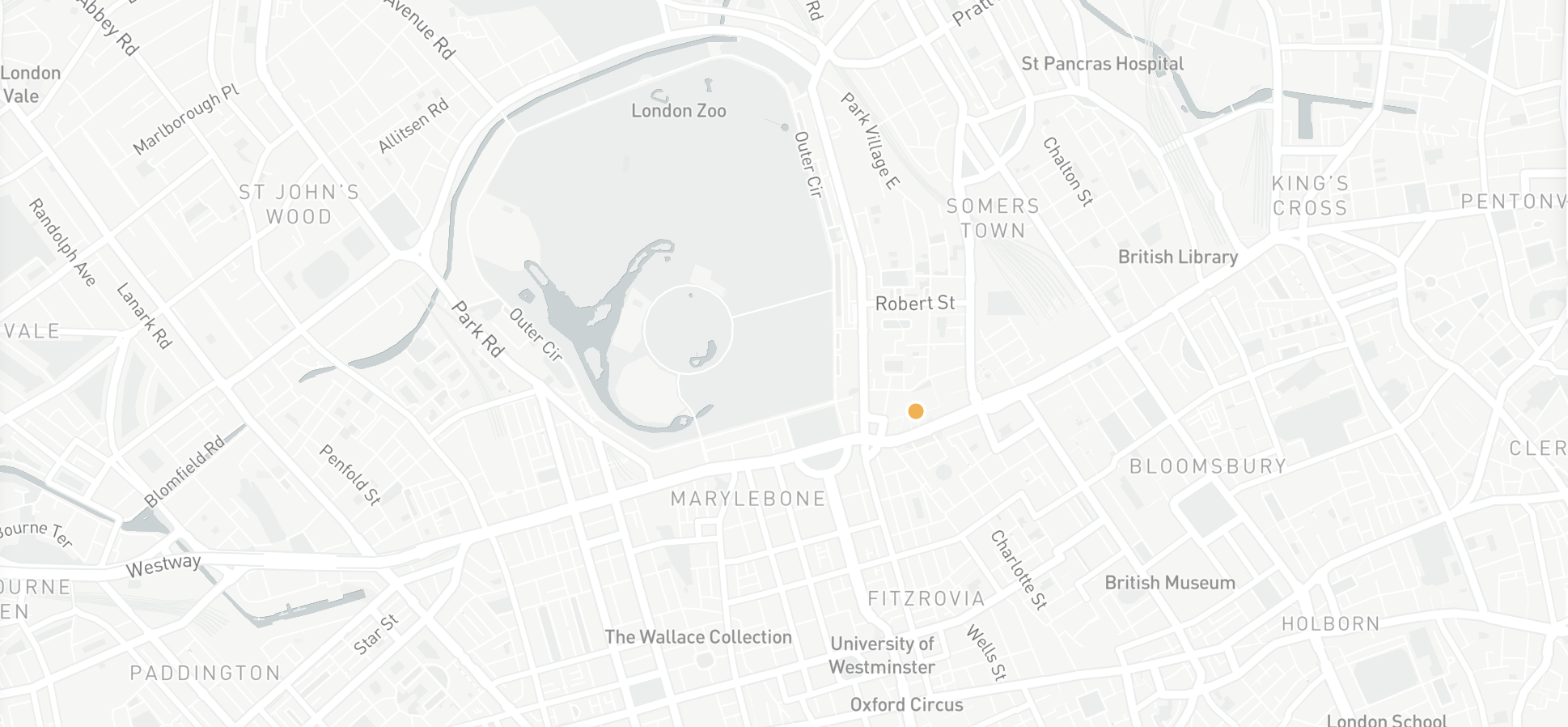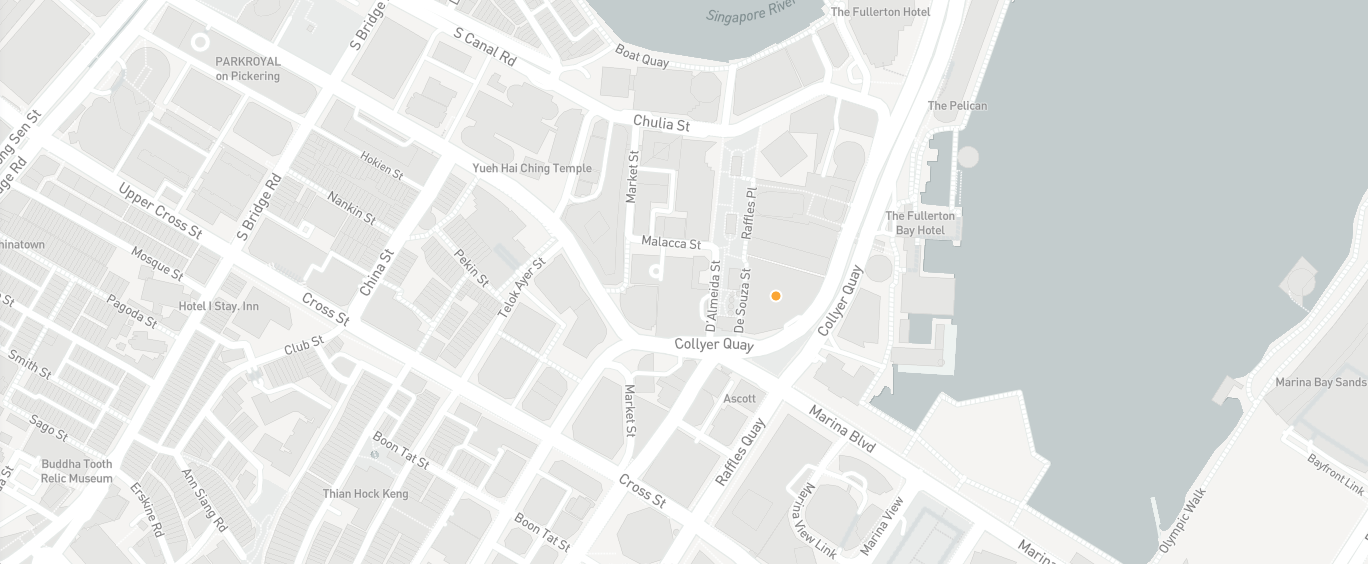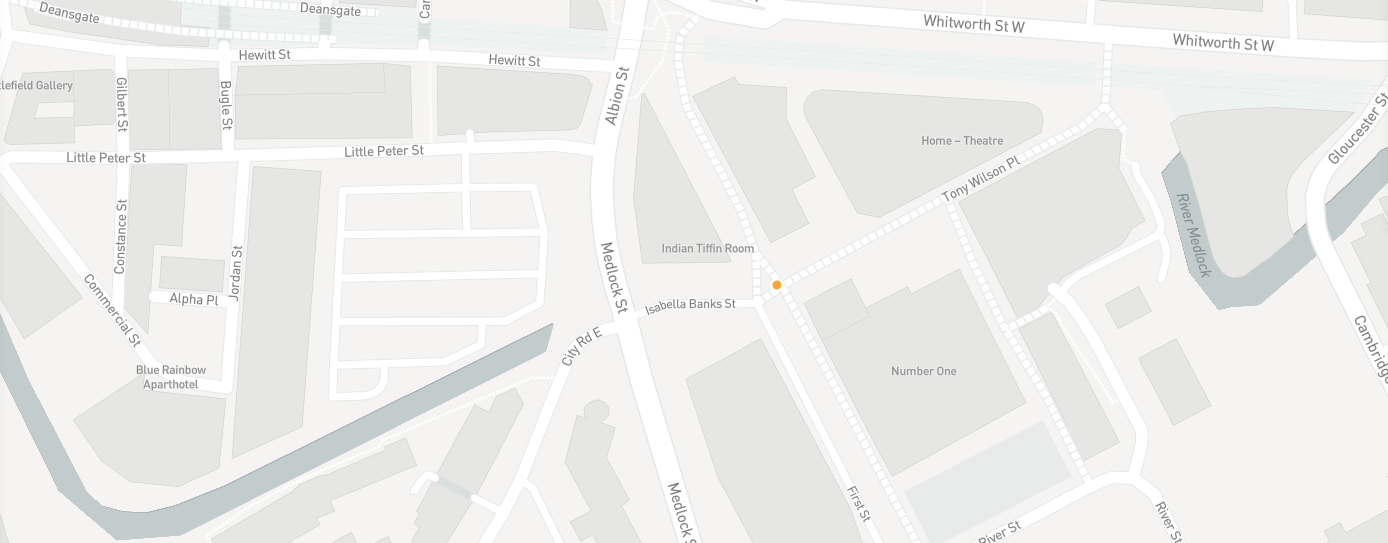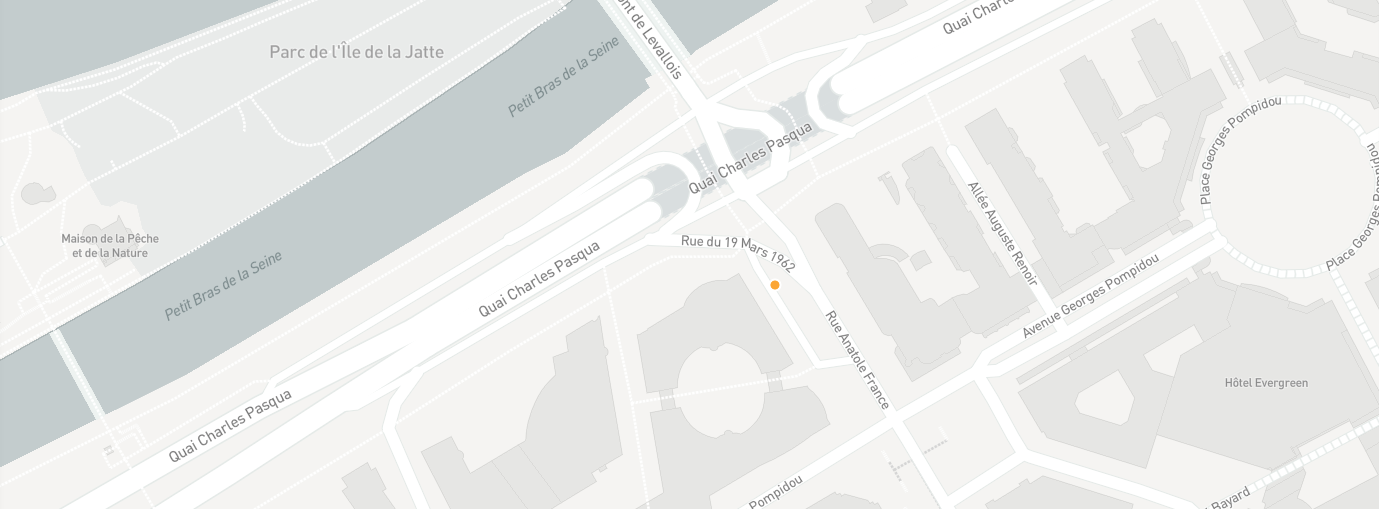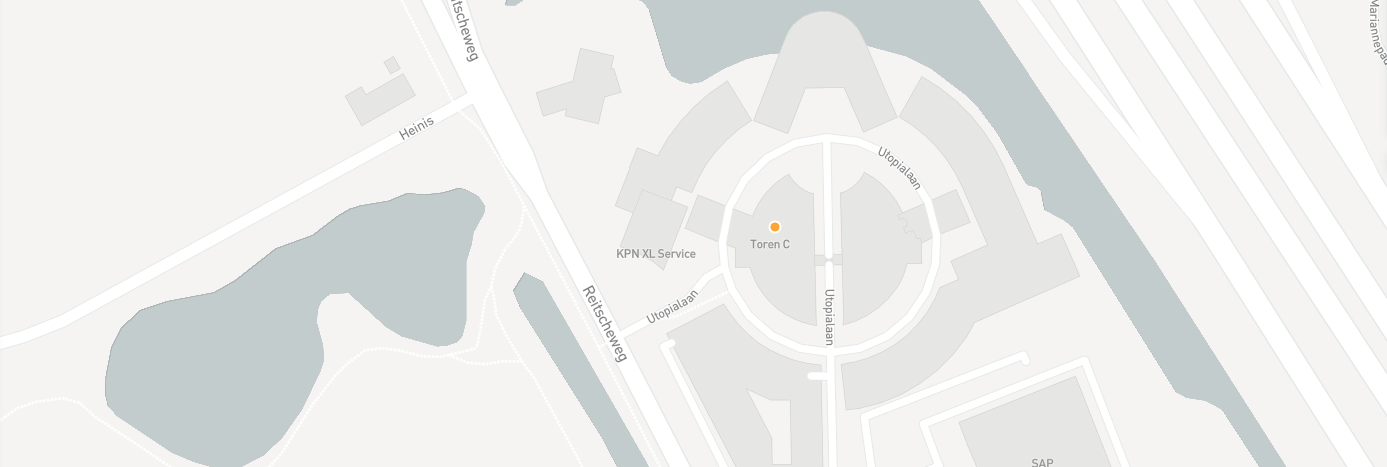How to be creative at work: 11 tips for more innovative ideas
The days of the stifling office cubicle seem to, thankfully, be on the way out. As old ideas are cast aside to make way for new, more refreshing approaches to the way we work, a sense of innovation and creativity more readily becomes the norm. But when we’re so set in our ways, it can be difficult to break free of previous habits and allow this creativity to truly flourish.
Additionally, things can be compounded if your business is particularly risk-averse, especially when there are targets to be met. If you’re used to playing it safe, then adding a touch of creativity into the mix could not only boost productivity, it may serve to make your working day less of a chore and more rewarding.
The key to flexing those creative muscles is practice. And like anything you have to practice, you’ll get better at it over time. Here is a selection of things you can do at work to boost your innovation levels and foster creativity throughout the day.
Optimise the atmosphere
If they’re to begin their creative streak, employees need to feel inspired by their surroundings. Whether you fine-tune what’s already there or rebuild the feel of the office from the ground up, the layout of the office can go a long way to letting creativity flourish.
For a start, consider the volume levels. Quiet environments are good for staying focused, but background chatter at a moderate level can encourage creativity. If noise is a problem for some of your employees, then consider creating quiet areas or rooms when they need to get their heads down.
Consider the colours in your office too. White, grey, beige and tan aren’t exactly conducive to creativity, often seeming sterile and dull – a sure way to put a dampener on innovation. Opt for pastel blues and green shades, they’re easier on the eyes and help to make for a more relaxing environment. Add some plants too, people who work in offices with natural elements report high levels of wellbeing, creativity and productivity. Bolder colours like red and orange, meanwhile, are good for stimulating the brain and could help to make discussions and meetings a little livelier.
Don’t forget about the temperature either. Anything too hot or too cold is going to be stifling, but the right temperature can provide a cosy place where ideas are sparked – the benefits of which easily offset the expense.
Create a brainstorming place
Set up a whiteboard in a prime spot in the office, so employees can make suggestions, ask questions, jot down a riddle of the day – anything that helps to stimulate the brain. You never know, the next big idea the company has could start here.

A slightly more unconventional suggestion, but sheets of white butcher paper on break room tables can serve the same function, turning lunchtime into an impromptu brainstorming session. The relaxed, no-pressure design of such things means employees won’t feel like they have to come up with something.
Set time for research and ideation
In the rush of office life, it can be easy to get bogged down with the everyday and forget to put time and thought into how things can be improved.
Structuring this ideation time is crucial to make the most of the time afforded. Researching industry news and developments allows for team members to identify ideas that are optimal opportunities.
Dedicating time each week or month to research and ideation can allow you and your team to freely think about how they’d like to improve processes or develop existing strategies so that your team can continue to progress.
Encourage individuality
When employees feel valued, the encouragement they receive compels them to stand out. If you’re a manager, then let employees know that their individuality is valued. They are unique people with their own qualities and attributes, and should be treated as such.
Challenge yourself
Part of being creative, is allowing yourself to think in a way that you might not have thought before, which can be daunting if you’ve never done it before.
It can be incredibly rewarding to challenge yourself, not only helping you to be more creative but it will also have a knock-on effect in how you assess problems outside of creative issues.
If you are always thinking or acting in a way that doesn’t challenge you, you are unlikely to develop ideas outside of your norm.
Allow for suggestions & reward creativity
Part of this individuality is allowing people to make their own suggestions. Since a public approach may make people shy away from this, especially if your office was previously quite buttoned-up, then stress that these suggestions can be anonymous. You can encourage shy colleagues by placing suggestion boxes around the workplace so they can provide anonymous ideas without judgment.
Not every suggestion is going to be a game-changer, but by allowing for suggestions, it’ll help to show employees that you’re open to feedback. This results in more outside-the-box thinking as they propose new ideas, a refreshing change from employees being fearful of making mistakes.
Creative ideas are a good thing, positive reinforcement is a good thing. So, if you’re looking for a more creative culture in the workplace, then make sure to combine the two. Rewards that are worth working towards will help to encourage innovation across the board; and show employees that their hard work will be compensated in kind.
Put suggestions into action
It’s all well and good accepting suggestions, but employees are more likely to suggest ideas and think creatively if they see their ideas come to fruition. Rather than listening to their suggestions as a token gesture, make a point of telling them new ideas of theirs are being implemented.
Once there’s an idea you like the sound of and determined will be successful, let your staff know about it. As soon as there are positive results to show, make a point to announce whose idea it was. Doing so will increase your employees’ motivation to contribute ideas later down the line.
Have regular stand ups
Not the open mic kind, we’re talking about doing your meetings on two feet next time. Being stood up completely changes the feel and energy of your meetings, creating an environment where enthusiasm and action have noticeably increased. If you want ideas put in motion, then start standing still next time you’re in the board room.

Change things up
Putting in boundaries and parameters may be the opposite of innovation, but putting constraints on certain things forces you to think dynamically and creatively. This may take the form of limiting the amount of clutter on your desk, or something more extreme like a temporary ban on certain words or any communication tools you usually use. See how you fare working in these more restricted modes; it might not always bring about the most fully formed idea, but the concept is about sparking new approaches to how you’d usually carry out your tasks. Innovation can often come from a necessity to get around a problem, so by creating a small inconvenience you can mimic this way of thinking in the workplace.
Collaborate
Two heads are always better than one. If you need someone to bounce ideas off, then pick a colleague you feel comfortable with and collaborate on something. Encourage them to try new things whether it’s pitching ideas in unusual ways, sharing inspiring articles or putting your minds together and brainstorming. Who knows what you might hit on?
Have a change of scenery
Be sure to take a break from the office and get outside, even if it’s just to walk around the perimeter of the office. It’ll help to break up the day, but it may also foster a fresh perspective on how you tackle problems. When you return to your desk, you’ll be able to approach things from a different angle.
You don’t have to be working in Kew Gardens to get a taste of the outdoors, you can add plants and small pieces of furniture to your desk to improve creativity and get ideas flowing.
Similarly, removing clutter from your desk can help to invigorate your workspace, breathing new life into an old workplace.
Click here for the latest news and features from SEFE or visit our homepage to find out about our latest career opportunities.
The views, opinions and positions expressed within this article are those of our third-party content providers alone and do not represent those of SEFE. The accuracy, completeness and validity of any statements made within this article are not guaranteed. SEFE accepts no liability for any errors, omissions or representations.


